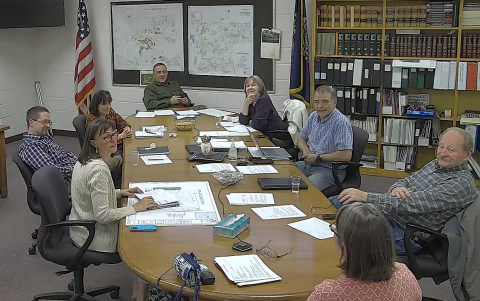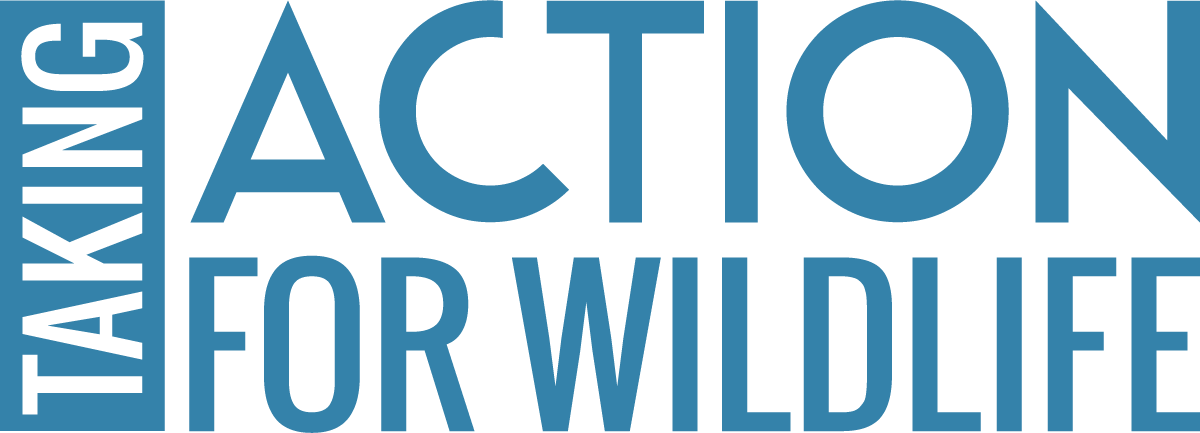It’s important to have priorities, no matter what project your town is working on. Priorities keep you focused on your goals and help to guide discussion and evaluation. Creating a checklist or guidelines for land conservation in your community ensures that your time and energy will be focused on critical natural resources instead of a reactive approach to land protection. As pressure from development increases, municipalities must plan to protect natural areas with the highest value for wildlife habitat, forest connectivity, water quality and quantity, climate resilience, working lands, and recreation.
In early 2023, the Chester Conservation Commission worked with the Taking Action for Wildlife Team to determine the best way to evaluate the town’s conservation priorities to help focus their resources on land protection efforts. To get started, the TAFW team met with the full conservation commission to review community goals and outline a process to establish criteria. As a result of the discussion, the commission decided to focus on developing conservation priorities and create a checklist to establish a framework for reviewing potential properties for protection.

At a follow up meeting, the conservation commission reviewed the State Wildlife Action Plan and regional Coastal Plan and identified how to use the maps to prioritize conservation projects located in areas with high conservation value. The next step was to incorporate this data in the checklist and then decide how to use this information in their natural resource inventory and conservation planning and projects.
To keep the project moving forward, a subgroup of the commission was created to work on the priority checklist. This workgroup reviewed existing examples of checklists and determined what natural features were most important to Chester. The workgroup developed the first draft of the checklist, which was reviewed by the Taking Action for Wildlife Team and later presented to the full commission for review and discussion. The priorities checklist provided a format for highlighting ecological benefits and included links to resources like the Wildlife Action Plan to help in the evaluation process.
The Chester Conservation Commission members felt that the conservation priorities checklist would give them actual data to base their conservation decisions and enable them to be more strategic in making conservation decisions. Moving forward, each property or potential project, can be reviewed by the commission and ranked according to the town’s criteria. The checklist can be used to identify the highest priority resources and gather a comprehensive set of data on that resource. A priority checklist should be used to spark discussion to help identify key natural resource values associated with the property being evaluated. It should not be used as a quick list to scan through and add up points to determine a properties numeric value.
Tips for creating land conservation priorities
When establishing criteria, a conservation commission or appointed committee should review the conservation needs and goals of the town and then determine what criteria would best achieve the desired objectives. A good place to start is a review of your natural resource inventory and conservation plan. Criteria can be set up using ecological, natural resource, public recreation, or other values that support the town needs as outlined in the Master Plan. Using a priority checklist will keep the evaluation focused on gathering critical data on the property and highlighting the most important features of the property.
Natural resource data from online mappers, tax and survey maps, regional and state conservation plans, and ownership information must be gathered on each parcel of land to be evaluated. The background information and ecological data collected during the evaluation process will help your commission create a baseline report that can be used to inform other boards and citizens, and to gain approval for the project.
Evaluation criteria will help to determine the parcel’s priority for potential funding and acquisition. Conservation projects take up lots of time and money. Using criteria to review the resource values and understand threats to the property will help to ensure your commission is focused on the most critical projects. Establishing priorities will direct financial and human resources to the most important projects
A well-established land conservation evaluation process that includes a checklist or written procedure for data collection and assessment will help get conservation projects off to a good start and focus your commissions resources on protecting properties with highest ecological values and resources.


